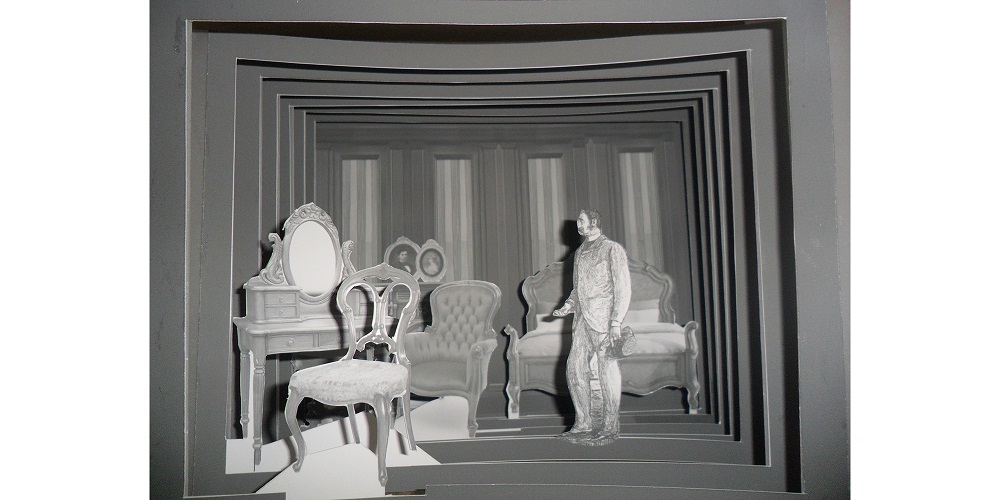
Lifelong House – Intimate Box
By Hatice Sule Ozer
A house is like a box of records keeping all our secrets and stories. It is an object that includes many pieces. We can look at rooms of a house like pages of a life book, a timeline, and a live record. A home is one piece of evidence that includes family photos hanging on a wall, teacups in a cabinet, dirty clothes waiting to be cleaned in a laundry basket, maybe a shopping list pinned to the fridge, and a favourite blanket on a chair next to the fireplace. Everyday movements are recorded in our intimate box, which shapes our reality.
A house is like a box that holds our daily reports and lifelong reflections. Changing the colour of the walls, redecorating rooms, and maybe planning to change a guest room or a baby room. Extending the kitchen to the garden by adding a studio for drawing/painting. Bringing objects to exhibit in the living room from abroad, or just a little collection we love to keep in a tin. Details of daily life are like our underlined sentences waiting to be read. We can read each other through seeing details in our life-box. Do we have kids or not? Am I single – maybe not! How many rooms do I have, where do all these plants come from? Details and details, the reflection of ourselves.
A home where we feel we belong is a place that keeps our identity inside its walls. A house, a room, your private and intimate corner of life is the main record keeper of your life. ‘A lifelong house’ reflects a living practice. It is more than a biographical movie or book; the stories that could be told are already embedded there.
Acknowledgments
This work draws on parts of the author’s doctoral research supported by the Turkish Government. Hatice Sule Ozer is a PhD student under the supervision of Professor Jonathan Hale and Dr Laura Hanks at the University of Nottingham in the Department of Architecture and Built Environment.
Images credit: Photographs of pop-up-style 3D postcard design by Hatice Sule Ozer, 2018, Portsmouth
